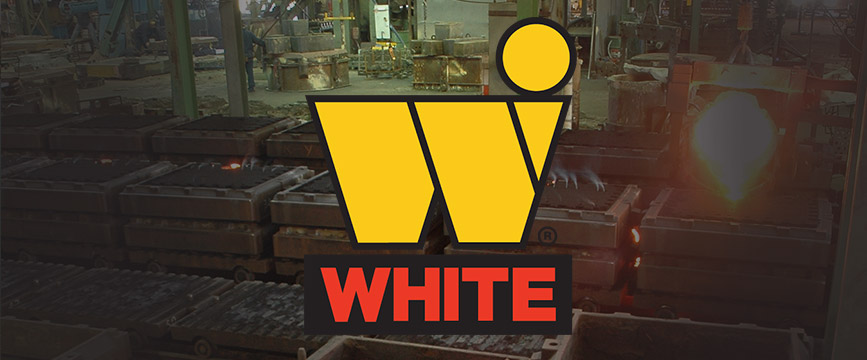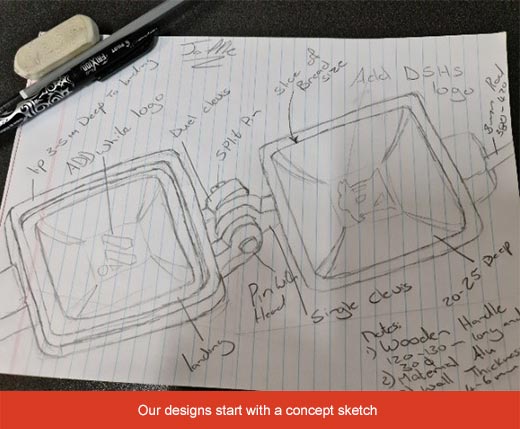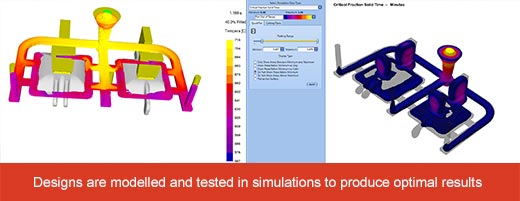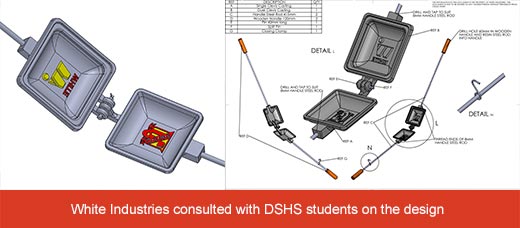The importance of concurrent design
In a highly competitive market with ever-changing global competition, your value proposition should form the basis of every product you create. This entices your customer and gives them confidence, but in doing so, you also need to be confident that your product delivers all expectations on time while maintaining a high level of quality.
Finding a team that can get you from your initial idea to a final product with confidence in an efficient manner can be challenging. When you want to take an idea or a current fabricated part and turn it into a manufacturable part, White Industries are the experts and employ concurrent designing and manufacturing by simultaneously considering design and manufacturing processes through all stages of production.
Using concurrent design, White Industries can help you cut down on the time it takes to go from idea to product. Efficiency is created by designing the component with all the steps of the manufacturing process in mind. This process eliminates potential changes that have to be made to a design after a part has reached the production phase but before realising that it is difficult or impossible to machine or is not fit for purpose, resulting in less wasted material. Reducing or eliminating these extra steps means the product will be completed sooner, reducing the production timeframe.
To illustrate the real-world advantage of concurrent design, White Industries are voluntarily collaborating with our local Dalby State High School (DSHS). The project team got together and discussed how students could gain insight into what White Industries does and come up with a product for students to make that will better their understanding of what a foundry is and the processes involved. It had to be something they can show off to friends and family for many years to come with pride. We came up with a tried and tested family favourite, the Jaffle Iron.
The Team at White Industries then worked on the best material and way of manufacturing the part, ensuring it would produce a quality product. White Industries designed the castings and assembly models using our CAD package Solid Works, and running the 3D models of the cast parts through our Cold Cast Simulation Package “Solid Cast” to ensure the parts will be a repeatable quality product. Solid Cast runs multiple casting process simulations, effectively cutting down the first off product timeline traditionally needed.
Once the design met all requirements, the White Industries team sat down with DSHS to review the designs and work through how the students could make the patterns for the moulds.
After the team agreed on how the students would create the pattern inserts, the inserts were 3D printed in-house, complete with logos taking only three days.
While the product is a simple design, the exercise is about gathering customer requirements and turning them into a finished product. Sometimes, simply sitting down with a piece of paper and a pencil and taking their ideas and use the vast knowledge and in-house capabilities White Industries has to make a finished product that meets their needs.
Over the coming months, the students will make the pattern inserts and come to White Industries to mould, cast and knock out their very own Jaffle Irons. We look forward to updating you in another newsletter showing the finished products.







